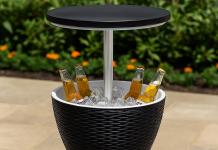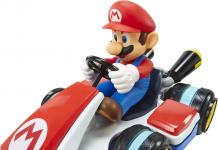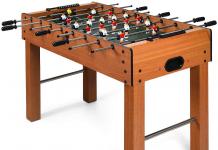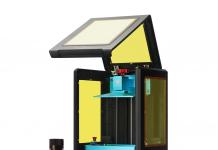We need to think outside the box when it comes to the shape of our snacks. The Edible Growth 3D printer is able to make minuscule snacks that have complex structures, in order to demonstrate the artificial side of the world we live in.
When University of Eindhoven Industrial Design student Chloe Rutzerveld built the Edible Growth 3D printer, her purpose wasn’t to show how creative people can get when making food. Instead, the device was designed as an alarm signal for anyone concerned about environmentally responsible food production.
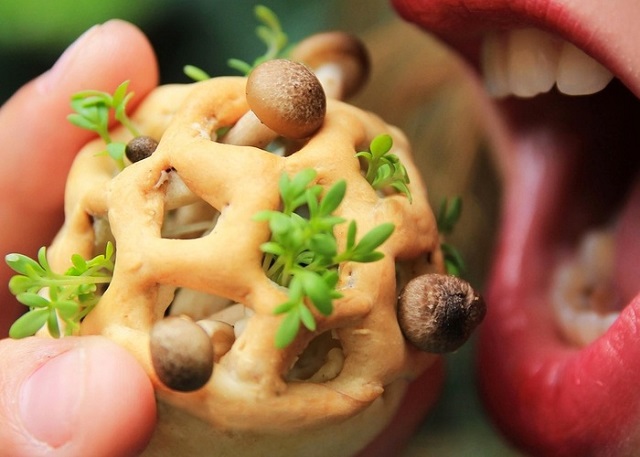
Chloe explained the reasons that led to the creation of the Edible Growth 3D printer:
“We live in an era where food is not only grown or bred anymore, but manufactured in a laboratory setting or build with a 3D printer. These technologies influence supply chains, eating habits, preparation methods and introduce entirely new food products to the market.
Edible growth is an example of a future food product that forms a bridge between new technologies and authentic practices of growing and breeding food. Multiple layers containing seeds, spores and yeast are printed according to a personalized 3D file. Within five days the plants and fungi mature and the yeast ferments the solid inside into a liquid.
The product’s intensifying structure, scent and taste are reflected in its changing appearance. Depending on the preferred intensity, the consumer decides when to harvest and enjoy the delicious, fresh and nutrient-rich edible.”
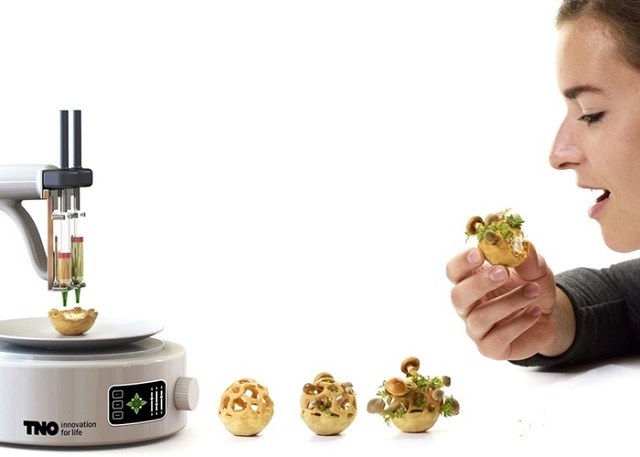
Edible Growth isn’t exactly the first device to 3D print food, and I seriously doubt that it will be the last. While Chloe’s concept (as it isn’t available in a commercially viable form and probably never will be) is meant as part of a public awareness campaign, other designers and manufacturers of food 3D printers most probably built those devices on purpose.
Maybe this really is the future of cooking. Instead of spending countless hours in the kitchen (not always with the best results), maybe we could have any dish crosses our minds at the push of one button. Think of these devices as a precursor of the Replicator seen in Star Trek. Those people, aliens or not, certainly didn’t have to wait half an hour to eat after placing an order. Who knows, maybe restaurants will head that way, too, someday…
Be social! Follow Walyou on Facebook and Twitter, and read more related stories about the ChocaByte, the world’s first chocolate 3D printer, or the Foodini pizza 3D printer.

